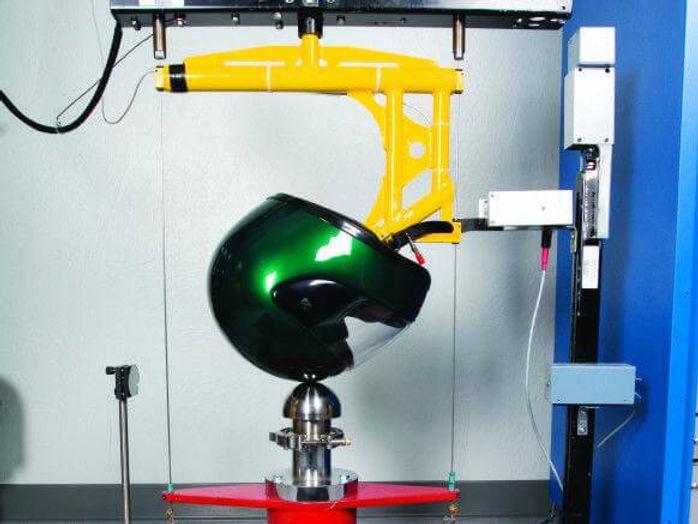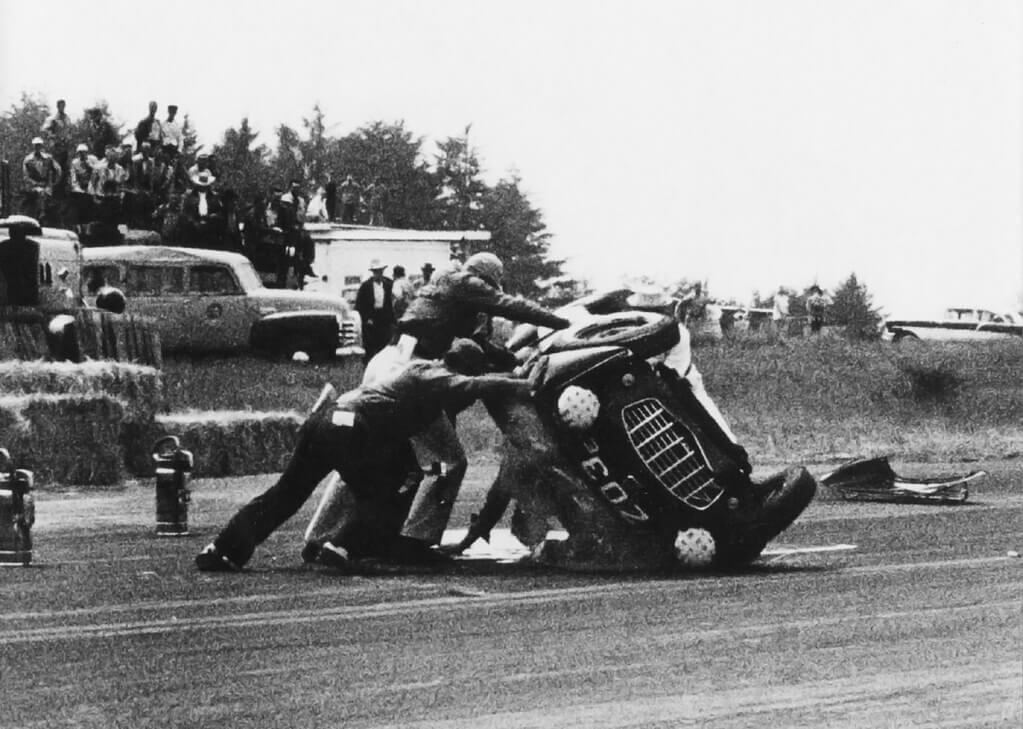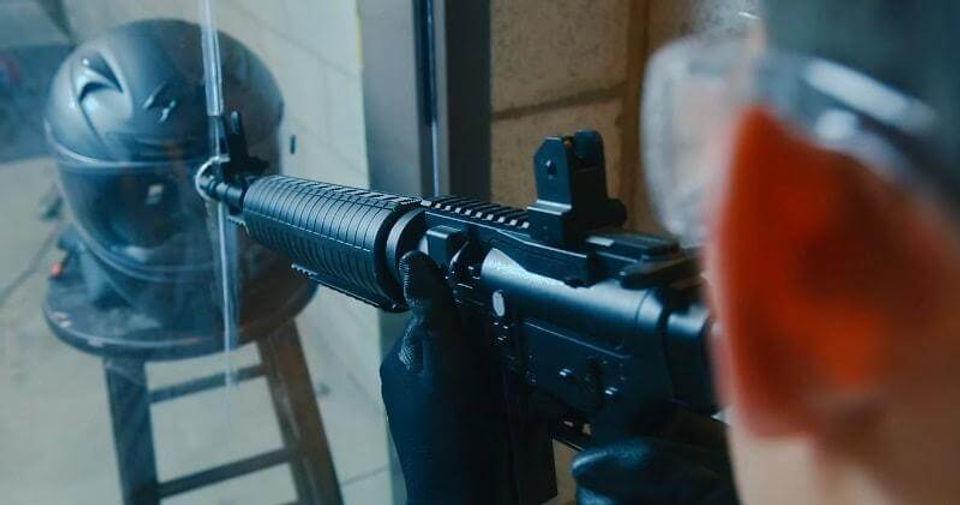GO-KART HELMET SAFETY STANDARDS
Not only in the realm of go-kart racing but in all high-speed sports car disciplines, safety gear plays a crucial role, especially after the accidents involving F1 legend Ayrton Senna and NASCAR driver Dale Earnhardt. One of the foremost protective gear items to mention is the helmet. Go-kart racing helmets also need to meet safety standards to provide players with a true high-speed racing experience
1. Safety Standards for Go-Kart Helmets
Have you ever heard of DOT, SNELL, or ECE when choosing a helmet? These are common certification types worldwide for all types of helmets. In the United States, DOT and SNELL certifications are the most prevalent. DOT is mandatory, while SNELL is issued by a non-profit organization. In Europe, the ECE R22.05 standard is widespread, recognized by over 50 countries and major racing organizations worldwide. Additionally, there are other helmet certifications like SHARP in the UK and CRASH in Australia.
2. DOT Safety Standards for Go-Kart Helmets
DOT stands for the Department Of Transportation, adhering to the FMVSS #218 standard (Federal Motor Vehicle Safety Standard). This standard specifies the tests that a helmet must pass before being released to the market in the United States. Consumers can easily identify helmets that meet this standard by the DOT symbol located at the back of the helmet.
To achieve DOT certification, helmets must undergo rigorous testing and inspection. FMVSS 218 establishes standards in three areas: impact absorption through impact resistance tests, penetration resistance, and retention system effectiveness to prevent the helmet from coming off during an accident.
DOT-standard helmets must pass several tests, including:
- Helmet drop test from a fixed height of 1.83 meters to generate a force equivalent to 400G, performed on both flat and hemispherical surfaces.
- Penetration test, where a sharp object is dropped onto the helmet to check if it penetrates the shell and EPS liner. If the striker contacts the head or causes any other damage, the helmet fails the test.
- Testing the retention system under pressure. The load on the chin strap starts at 22.7 kg, applied for 30 seconds, and gradually increases to 136 kg over 120 seconds. The helmet's retention system must not displace beyond a specified limit to pass the test.
However, the DOT standard still has some shortcomings. Firstly, this standard has not undergone any significant updates since 1972, meaning that DOT safety standards have remained unchanged for nearly 50 years. Secondly, the DOT standard is a self-regulated and self-assessed standard, meaning that helmet manufacturers establish their own tests (according to DOT standards), leading to subjective evaluations. They can affix the DOT label whenever they feel the product meets the standards. Therefore, all helmets labeled DOT are theoretically standard-compliant until the US Department of Transportation conducts random checks on helmet samples in the market. Penalties for non-compliant helmets can go up to $5000, but they still may not outweigh the damage to the user (but also cannot be compared to helmets bought on Nguyen Trai Street
3. ECE R22.05 Standards for Go-Kart Helmets
Although less common in the US, the ECE standard is more widespread globally. ECE stands for the Economic Commission for Europe. This standard has been updated several times since its inception. It is represented by R22.05 - the "05" denotes the number of updates since 2000 for "Requirement 22" in the list of EU regulations related to vehicle safety.
Similar to DOT, ECE establishes helmet standards focusing on impact absorption rather than impact resistance. Therefore, a cracked helmet is not necessarily "defective." The principle is to distribute force across the helmet's surface, which may fracture the outer layer in case of a severe impact, limiting the transmission of force directly to the wearer's head and neck.
ECE-certified helmets will undergo testing for abrasion resistance of the helmet's surface and the helmet's rigidity by measuring the shell's deformation when subjected to 630 Newtons of force.

With certified helmets, you will see the ECE mark at the back of the helmet (similar to DOT), along with the country code of the testing authority on the helmet strap. For example, if you see the E6 mark on a helmet strap, it means the helmet has been tested by ECE in Belgium. Country codes on ECE helmet straps: E1 (Germany), E2 (France), E3 (Italy), E4 (Netherlands), E11 (UK).
Unlike the assessment process and safety standard levels of DOT, for SNELL, manufacturers must register their helmet models for testing. After submitting the test sample and receiving safety standard certification from SNELL, the helmet model is officially marked with SNELL.
4. SNELL Standards for Go-Kart Helmets
Unlike ECE and DOT, which are government agencies that issue safety certifications for helmets, the Snell Memorial Foundation is a private non-profit organization established in 1957 to establish stringent standards for helmets in high-speed racing, founded by Daniel Junior Thomas in 1957 after the death of his friend - Racing driver William Pete Snell in a crash because at that time people still wore leather helmets.

Snell standards are updated every 5 years, currently being M2015. SNELL standards are considered one of the strictest standards for both motorized and non-motorized helmets, as well as other protective equipment. The organization maintains this strict quality as it did in the early days and claims to be the "highest safety standard for helmets."
SNELL-compliant helmets are tested through 5 different tests at different angles, including drops from various heights, usability at different temperature ranges, chin strap and visor tests, helmet burning to verify flame resistance, and finally firing 3 lead pellets at the face shield to test durability. SNELL standard tests are affirmed to be as difficult as or more difficult than similar tests of DOT.

Therefore, a helmet that meets DOT standards is sure to meet SNELL standards, but a helmet that meets DOT standards does not necessarily meet SNELL standards.
In conclusion
It is hoped that this comprehensive article has provided you with knowledge about helmet standards. You can apply this knowledge to choose a safe, quality helmet for any high-speed sports discipline or even for daily motorcycle use. In the US, SNELL is known as the "superstar" of the helmet business. Although it is an additional registration standard, manufacturers always try to certify their helmets to SNELL standards to prove their helmets are the best. Therefore, when choosing a go-kart helmet certified by SNELL, you can rest assured!
